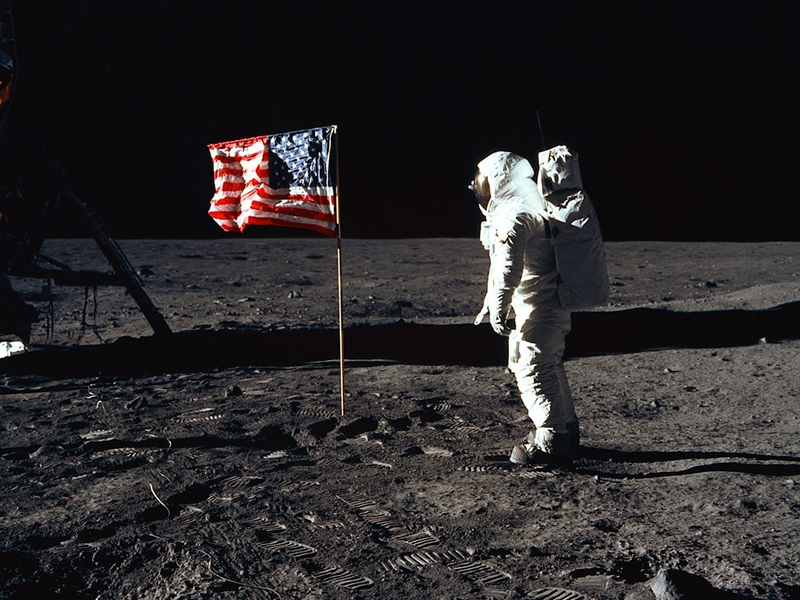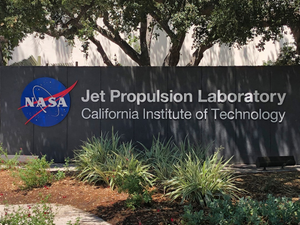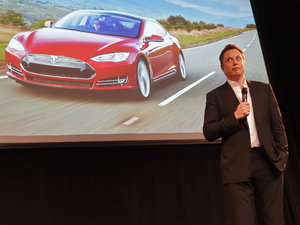Moon Power: How Nuclear Reactors Could Revolutionize Space Exploration

NASA is on a mission to transform space exploration by building a nuclear reactor on the moon by 2030, potentially changing how we approach interplanetary travel and resource management.
The ambitious plan aims to deploy a 100-kilowatt nuclear reactor at the lunar South Pole, which would generate enough electricity to power approximately 80 American households. This is a dramatic leap from current space power systems that typically operate with just a few hundred watts – equivalent to a single light bulb or toaster.
The strategic move comes in response to increasing competition from China and Russia, who have announced plans to establish their own lunar reactor by the mid-2030s. NASA views this as more than just a technological challenge; it’s a critical step in securing a permanent presence in space.
Experts like Bhavya Lal, a former NASA technology strategist, describe this potential breakthrough as transformative. “We’ll finally start designing space systems around what we want to do, not what limited power allows us to do,” Lal explains. The reactor could enable permanent lunar infrastructure, advanced scientific research, and potentially even mining operations.
Technical challenges are significant. The lunar environment presents extreme conditions, with temperatures ranging from 100 degrees Celsius during the day to near absolute zero at night. Radiation hardening, heat management, and precise engineering will be crucial.
Safety remains a top priority. Any lunar nuclear reactor will be subject to rigorous international regulations and must comply with the Outer Space Treaty, which mandates that celestial bodies can only be used for peaceful purposes.
Beyond the technological marvel, this project represents a potential turning point in space exploration. As aerospace engineer Carlo Giovanni Ferro puts it, “The new space race isn’t about getting to the moon first. It’s about who gets to stay”.
With potential implications for future Mars missions and deeper solar system exploration, NASA’s lunar nuclear reactor could be the key to unlocking humanity’s extraterrestrial future.
AUTHOR: pw
SOURCE: Wired


























































